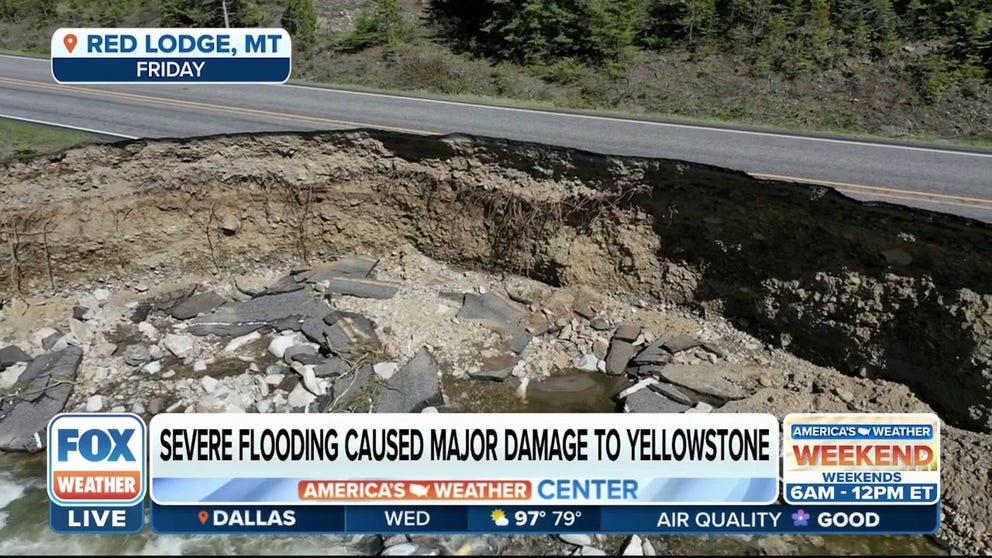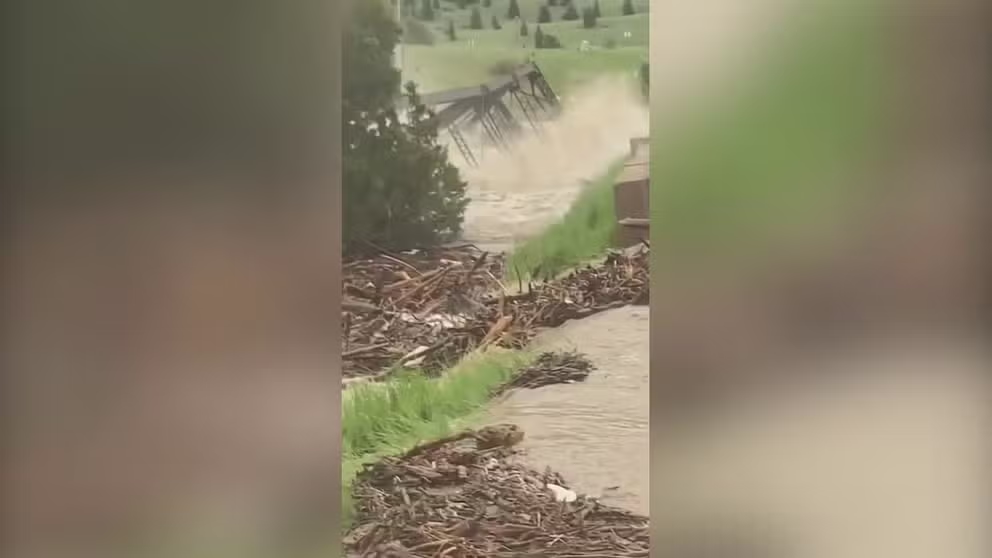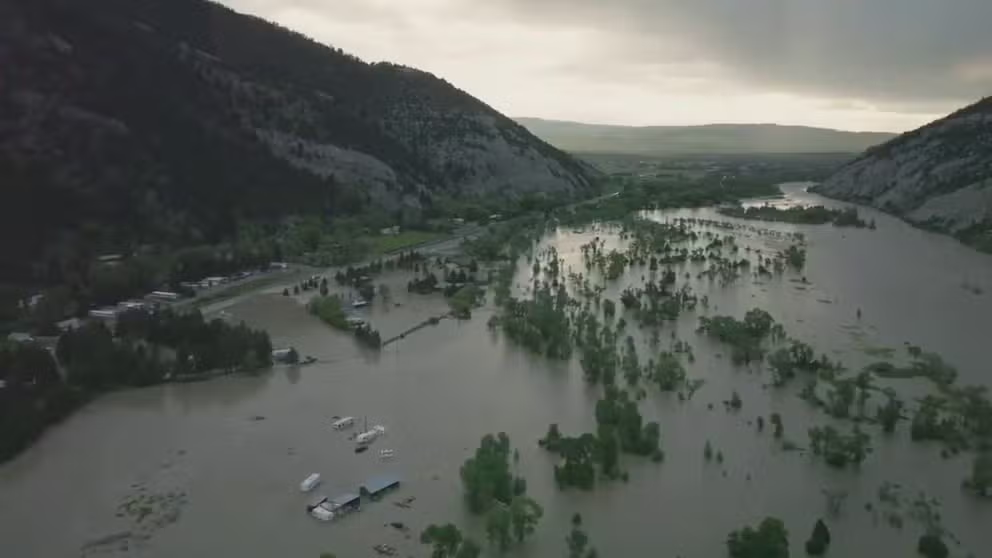Yellowstone National Park partially reopens after historic flooding causes catastrophic damage
West, south and east entrances reopened at 8 a.m. Wednesday
Yellowstone National Park partially reopening after severe flooding caused major damage
Cam Sholly, Superintendent of Yellowstone National Park, discusses the partially reopening of the national landmark on Wednesday.
YELLOWSTONE NATIONAL PARK – One of the country's most visited and beloved national parks partially reopened Wednesday, more than a week after historic flooding reshaped canyons, washed away homes and roads and destroyed bridges.
HOW TO WATCH FOX WEATHER ON TV
The west, south and east entrances to Yellowstone National Park reopened at 8 a.m. to allow visitors to access the park's south loop.
The north and northeast entrances, where most of the catastrophic flooding occurred, will remain closed indefinitely while damage assessments and cleanup efforts continue.
"We have made tremendous progress in a very short amount of time but have a long way to go," Yellowstone National Park superintendent Cam Sholly said.
SATELLITE IMAGES SHOW DRAMATIC CHANGES TO MONTANA LANDSCAPE AFTER UNPRECEDENTED FLOODING
Watch: House falls into river as Yellowstone National Park floods in Montana
Watch as a house falls into a river as Yellowstone National Park floods in Gardiner, Montana.
The park is instituting a visitor access plan to ensure the south loop does not become overwhelmed with visitors in which the National Park Service will actively monitor a license plate system.
Sholly said the park is working tirelessly so that more parts of the park can open.
HIKERS RESCUED BY HELICOPTER AFTER BEING STRANDED BY YELLOWSTONE FLOODWATERS
Montana bridge swept away as severe flooding hits Yellowstone National Park
A Montana bridge was swept away on Monday as severe flooding hits Yellowstone National Park.
"We have an aggressive plan for recovery in the north," Sholly explained.
Yellowstone staff says they are working to determine what other potential park sections may reopen before roads close on Nov. 1. Decisions will depend on damage assessments and the safety of opening roads.
"We realize there is much challenging work ahead, and we will do everything we can to support the park, partners, concessioners, and gateway communities on the road to recovery," National Park Service Director Chuck Sams said.
SCOPE OF CATASTROPHIC DAMAGE ALONG YELLOWSTONE RIVER EMERGES AS HISTORIC FLOODWATERS RECEDE
Historic flooding
Watch: Drone video shows Yellowstone River floodwaters submerging Montana Valley
Drone video taken by Paradise Valley Aerials shows floodwaters stretching across the valley, including in the towns of Pine Creek and Pray.
The National Park Service closed all entrances to Yellowstone National Park on June 13 after unprecedented amounts of rain and rapid snowmelt caused major flooding, rockslides and mudslides that littered the pristine landscape with debris.
More than 10,000 people were thought to be in the park when the flooding began, but no injuries or deaths were reported.
CLICK HERE TO GET THE FOX WEATHER UPDATE PODCAST
However, dozens of people needed to be rescued from the floodwaters.
The combination of several inches of rain with the rapid snowmelt caused rivers near Yellowstone National Park to reach historic flood levels.
The Yellowstone River at Corwin Springs in Montana reached a record-high of 13.88 feet, which shattered its previous record of 11.5 feet that was set in 1917.



